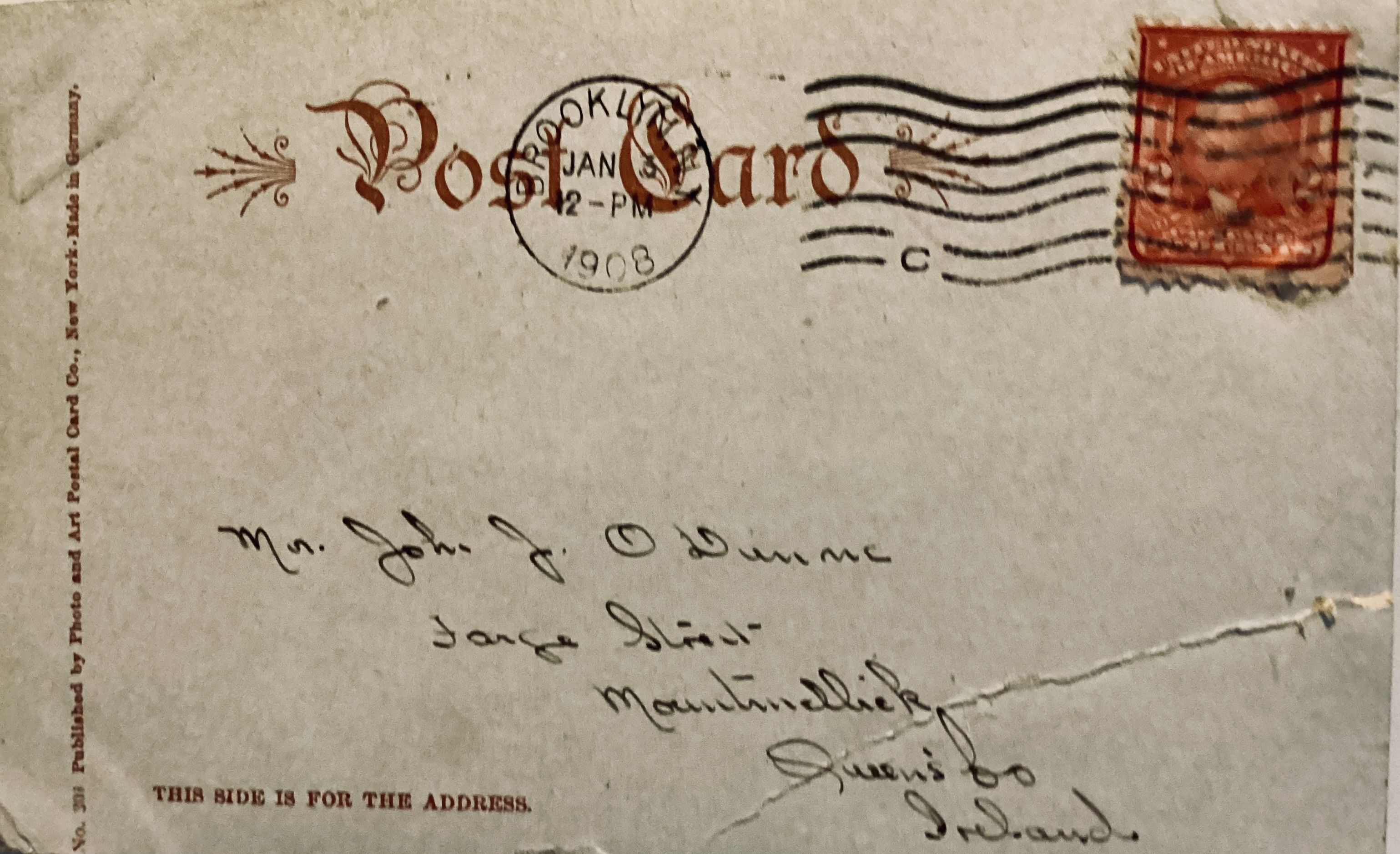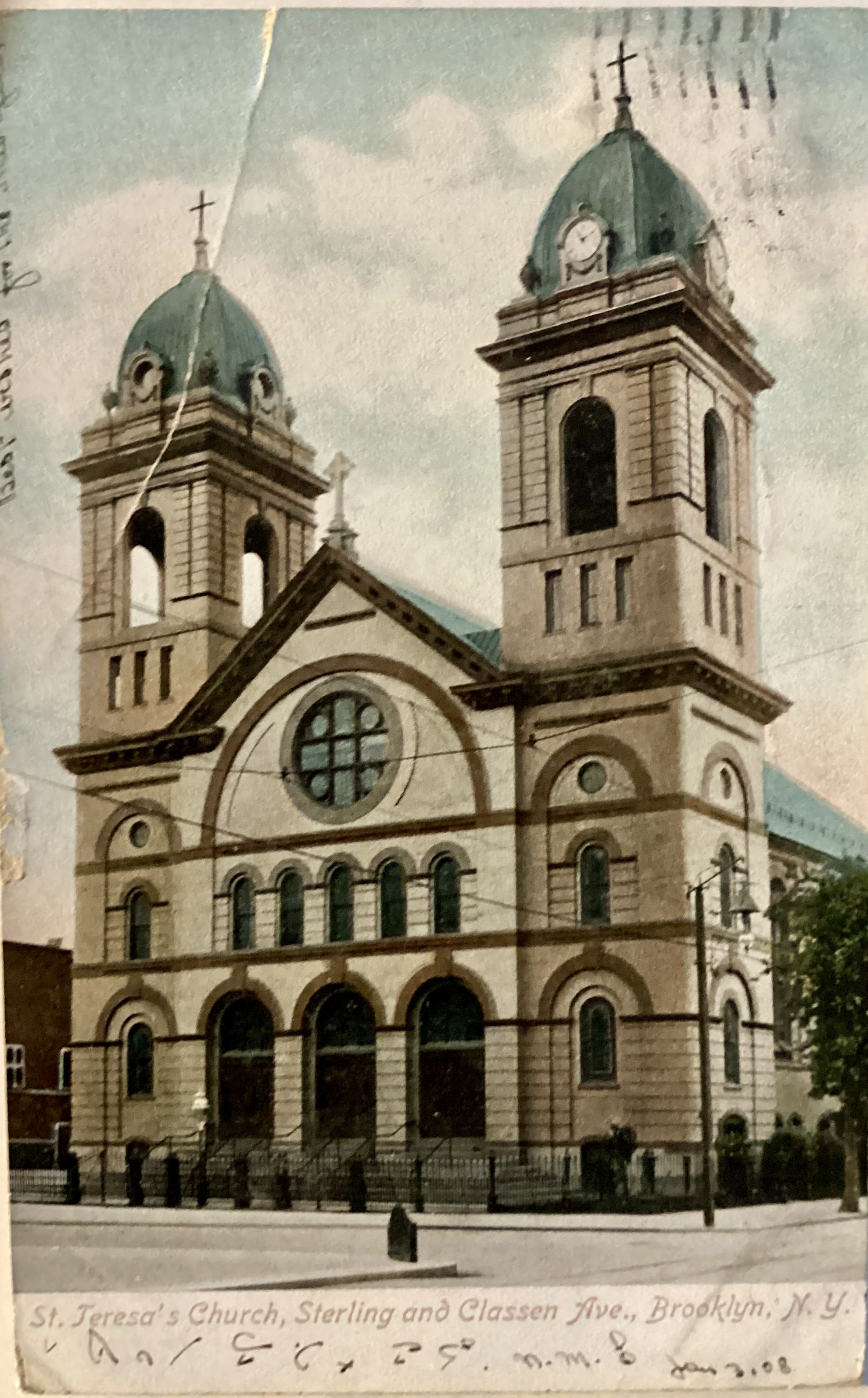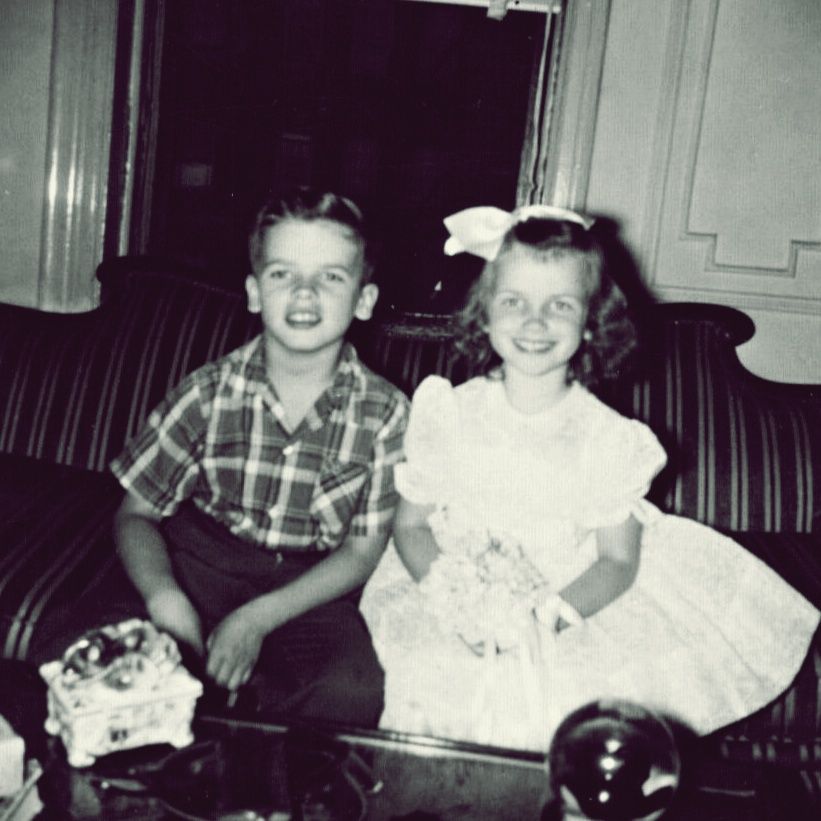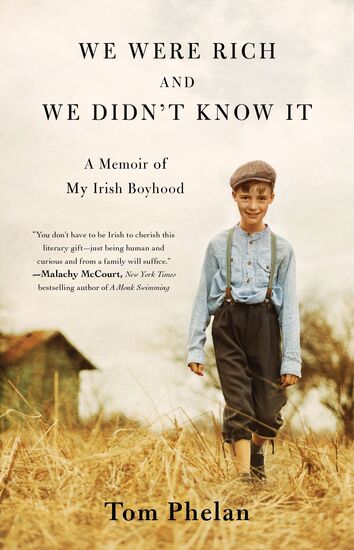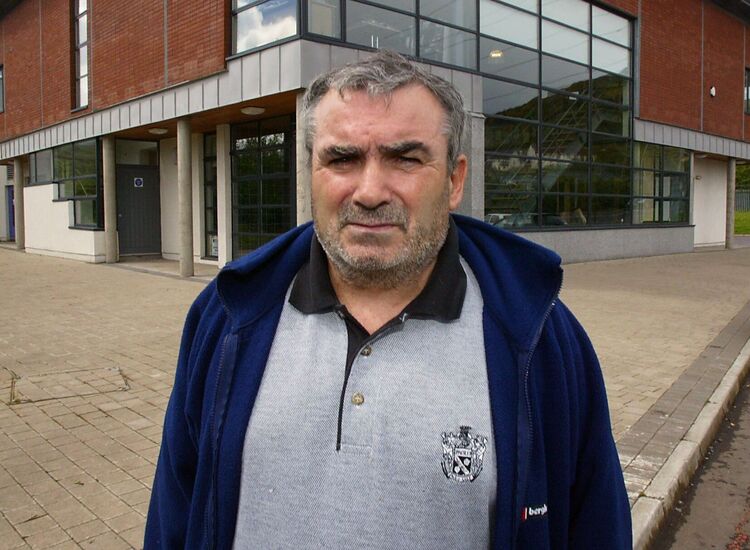I grew up in Prospect Heights long before it was hip; it was just “the neighborhood.” Not fancy but rich with iconic institutions of art and beauty.
As a child, of course, I didn’t understand “iconic." I did know that around the corner on Eastern Parkway were the mighty Brooklyn Museum and the Botanic Garden, where visitors flocked to see the roses or cherry blossoms. Now seven miles and several decades removed, I see how my fascination with New York’s history and architecture was implanted during my childhood.
If you’d asked the very young me where I was from, I’d say “Saint Teresa’s,” adding “of Avila” to distinguish her from those other Therese/Teresas and sounding more Brooklyn than that lady’s native Castilian. A parish founded by Irish immigrants in the 1870s, and named for a Spanish saint, its large congregation was predominantly Irish American for the next 100 years. Early parishioners made sure to dedicate its magnificent bells to Irish saints. For the curious: Patrick, Bridget, Columba, Mel, Killian, Columbanus, Aiden, Enda, Brendan.
The first bell was dedicated to Teresa, the 15th-century mystic. Oddly, I don’t recall learning much about her. We had our own live, or if you believed the schoolyard tales, unalive mystics in a Carmelite convent nearby. Few outsiders got past those forbidding stone walls, except the good souls, including my mother, who donated groceries so the sisters inside could pray for us 24/7.
Yes, a medieval cloister in mid-century New York City in the midst of row houses and low-rise apartments. The tallest residential building, the Art Deco Turner Towers across from the Museum, seemed like a castle in the sky. It is fifteen stories.
Near the Carmelites was a secular shrine--the original Loehmann’s, then a women’s discount fashion store. It famously had no dressing rooms, so eager customers undressed between the racks to try on the clothes -- my devout mother not among them. I remember the interior red columns and ornate gilding, as well as the husbands waiting outside on Bedford Avenue. Loehmann’s and its gilding are long gone, but the building, a remnant of Brooklyn’s once grand Automobile Row, stands as a thriving Tabernacle Church.
The former Loehmann’s location illustrates what intrigues me about my city and what I spend my time researching: the lives of buildings and neighborhoods. Continuity and change. What better example than the old neighborhood? In the 1960s, when I was a teenager, Prospect Heights “changed” -- crime, drugs, neglectful landlords, the lure of Long Island. In a few short years, it seemed like everyone we knew had moved. After some tough decades, newer immigrants and younger people “discovered” and revitalized the neighborhood. Now a destination with a diverse population -- St. Teresa’s had the first Haitian Creole Mass in Brooklyn – there’s more varied housing. Our old apartment building on Lincoln Place stands sadly un-refurbished while there’s a million-dollar condo on the corner. Cool shops and restaurants occupy the storefronts of my youth: butcher, laundry, the all-important corner candy store and male preserves like O’Gara’s or Sweeney’s Bar.
Eastern Parkway’s iconic cultural institutions supply the continuity, albeit with contemporary offerings. Growing up, I didn’t understand that the Brooklyn Museum was a great classical building by the Gilded Age architects McKim, Mead & White. It was a place to go on rainy days to wander among the paintings and sculpture and Egyptian art. I knew every stairway and every mummy. One of the mummies was unwrapped for a time, and we trooped off to see its leathery face. I felt sympathy toward the little guy, once a prince and now alone in his cabinet, gawked at by the local kids. He didn’t frighten me, unlike those dark, creaky rooms from a 300-year-old Breuckelen farmhouse. Its kitchen table was always set, and I imagined an ancient Dutch family would come clopping in on wooden shoes.
The hill behind the Museum, now the parking lot, was great for sledding back when we had lots of snow and even blizzards.
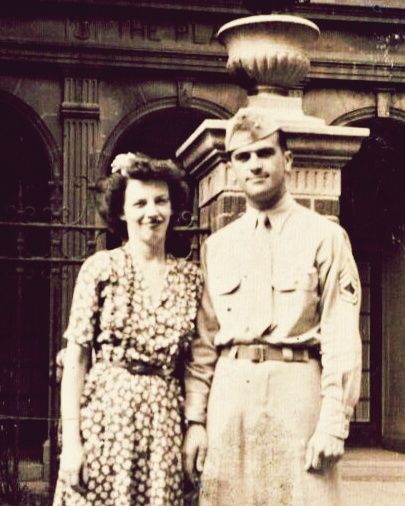
The author’s parents, Irene and Raymond Daly, were pictured in front of their building just after they got married during World War II.
Across from the Museum is a compact park and playground that we called “the hill.” I doubt we knew its official name, Mount Prospect. The second-highest point in Brooklyn, George Washington’s army watched New York Harbor from it. Would that have impressed me when I was roller-skating around on a bright summer day? Not at all, but it speaks to my thrill of uncovering the history at my feet, or in that instance, my metal skates.
Having this lovely park meant we rarely went into Prospect Park, except for its carousel. My cousin was a ticket-taker, so I could ride for free. My father would take me on a Saturday morning, and I’d go round and round, up and down, until I got seasick. If ever I hear calliope music, I can conjure those colorful, bejeweled horses and my handsome father, waiting patiently, Daily News in hand.
My treasure was the Library at Grand Army Plaza, majestic and shaped like an open book. Its great soaring lobby, overwhelming to a child, doesn’t seem quite as tall now. At 16, I got a part-time job, shelving and sampling an endless number of books and record albums. I met librarians who were excited by the knowledge in those books, as I would be. Maybe it was destiny. Reading was my best subject, so the nuns at St. Teresa’s gave me extra books, often about Saints or girls who became nuns. If they were nudging me toward one of those paths, I’ve surely disappointed, but I have spent my life immersed in books.

Grand Army Plaza, Brooklyn, circa 1900, before the Library was built.
If I needed an incentive to complete this reminiscence, the New York Times delivered, via a glowing restaurant review. A café with an “adventurous” and “exciting” seasonal menu had a familiar address on Washington Avenue, and my research confirmed the former location of Sinclair’s Bakery. In that 100-year-old building, where we got the good Rye bread and Linzer tortes, their fare is “inflected with the flavors of the French and Italian Riviera.” When I went to check facts for this article—the memory does play tricks¾ I was drawn to the café. On a cold, rainy weekday, the place was warm and buzzing. Folks with coffee and laptops and moms with strollers were in the front; in the back, a cheerful staff served a very fine lunch.
As I paid for my salad, my server asked if I was from the neighborhood. For a moment, I wanted to tell her about Sinclair’s Bakery, the Carmelites and “the hill.” I answered, “Well, not anymore.”
[Below: A postcard of St. Teresa's sent in 1908 to Mountmellick, Queens Co., which is now known as County Laois.]
